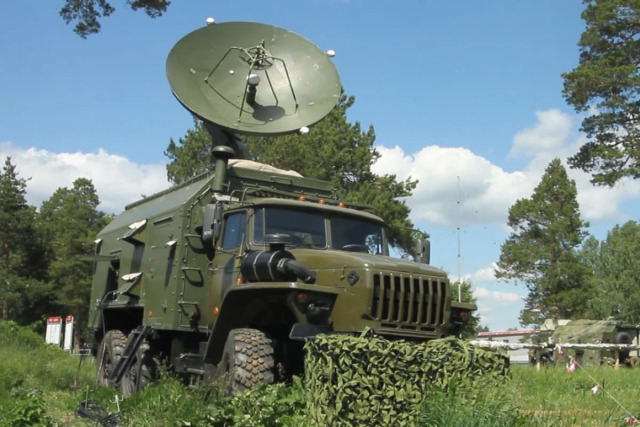This publication is the final part of the article "Command performance" the British edition of Janes Defense and Intelligence Review. In the first part , the author analyzed the interaction of the military districts of the Russian Armed Forces during a special military operation in Ukraine. In this excerpt, we are talking about the organization of military command (C2 in NATO terminology) on certain sections of the contact line.
The translation of the article is made with the preservation of the author's style! Under the heading "Foreign author", the editorial board of IVi tries to represent a wide range of views of foreign military specialists. At the same time, we have to emphasize that the adequacy of some ideas and theories considered abroad raises many questions.
Military administration on the Donbass front
In early April, the Kremlin announced that it had ordered a halt to the stalled offensive on Kiev. Russia's main military objective will be the capture of Donbass, including Donetsk and Luhansk regions. The main part of the forces concentrated around Kiev retreated to Belarus and Russia, and then was transferred to combat operations in the Donbas.
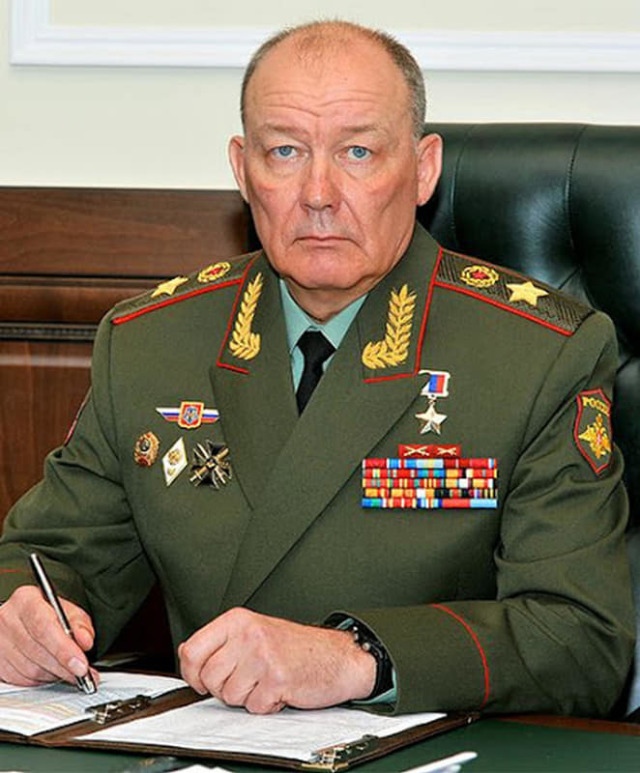
General Alexander DvornikovThis caused reports in the Western media with reference to "intelligence sources" that the commander of the Southern Military, General Alexander Dvornikov, was given command over the invasion of Ukraine as part of a purge among generals after failures around Kiev.
However, it seems that the restructuring of the chain of command was not as simple as this.
The borders of Donbass fall mainly into the area of responsibility of the Southern Military District, and since 2014 has been coordinating operations with the armed formations of the pro-Moscow Luhansk People's Republic (LPR) and the Donetsk People's Republic (DPR). Therefore, it is not surprising that A. Dvornikov remained in charge of the operation in the Donbas. His troops achieved significantly more success than their counterparts in Kiev in the first weeks of the war.
The arrival of troops from the Kiev region required coordination to put them into action together with the formations of Russia, the LPR and the DPR. The Southern Military District, as the operational headquarters at the Theater of Operations, had all the capabilities to perform this task.
New groupings
In the battle for Donbass, the Russian military concentrated overwhelming forces to trap and destroy the Ukrainian troops defending the region in several pockets or cauldrons. As a new major effort, the Russians deployed additional means of military command to ensure the success of the offensive.
The so-called "boiler" battles involved Russian troops advancing south from under Izyum, west towards Lisichansk and Severodonetsk and north from Donetsk.
These three directions were assigned, respectively, to the groups of troops of the Eastern, Central and Southern military. The intelligence of the Ministry of Defense of Great Britain began to call them the Eastern, Central and Southern groups of troops. An analysis of the order of battle showed that each group had four or five army headquarters, as well as one or two divisional headquarters. The Central and Southern groups included, respectively, the 2nd Army Corps of the LPR and the 1st Army Corps of the DPR.
Judging by the video from the Russian side, each of the new groups has artillery and missile support, including its own artillery, missile and tactical brigades of Iskander ballistic missiles, as well as airborne units for close combat. They also appear to serve as an air support coordinator, managing daily strikes by aircraft and helicopter gunships in their respective sectors.
The LPR and DPR units appear to be fully integrated into the Central and Southern Groups, respectively, and receive Russian artillery support. These units are headed by a strong cadre of Russian cadre officers and technical specialists. Ordinary soldiers are recruited mainly from the local population.
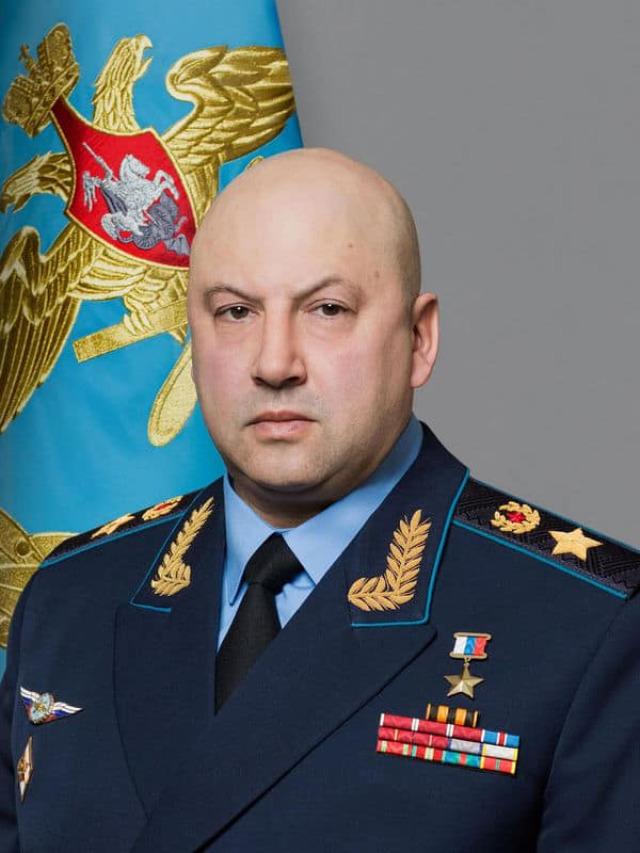
General Sergey SurovikinWhen the Russian Defense Ministry began to report that the Southern Group was under command, rumors appeared in the Western media that A. Dvornikov had been relieved of command of the district.
It seems that this is not the case, due to the confusion between the Southern Group and the Southern Military District. The first is a combat group created specifically for the continuation of hostilities, while the Southern Military is a permanent organization with a range of command extending from the Crimea to the south of Russia and up to the Caucasus.
These groups represent a new level of command, similar to the Western corps, or three-star headquarters, which is included in the chain of military command, so that the district commander can focus on operations in the Theater of operations, and not be distracted by making tactical or operational decisions in the Donbass battle.
Appointment with.Surovikin was met with surprise in some circles, since he was the commander of the VKS [Aerospace Forces] since 2017. He spent his military career in the ground forces and became the first non-machine gunner to command the VKS. His return to the front line as a commander of a ground formation testifies to the importance that the Russian command attached to the success of the operation in the Donbas.
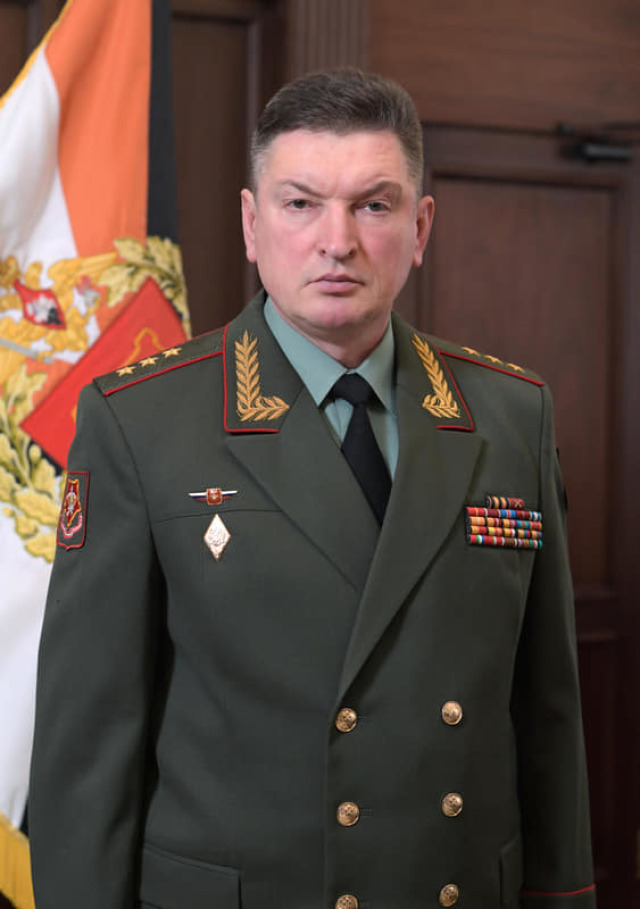
Colonel-General Alexandra LapinaMoscow named Colonel-General Alexander Lapin, commander of the Central Military Unit in peacetime, as the commander of the Central Group.
There has been no indication of who is leading the Eastern Group since its district commander Chaiko emerged as commander of Russian forces in Syria in June.
The Central and Eastern military units deployed their mobile military command brigades, as well as rear, air, anti-aircraft and aviation assets in Belarus and western Russia before the start of the offensive on Ukraine. Apparently, they were transferred to the Donbass for a new offensive.
The newly created southern grouping was most likely created from assets usually assigned to the Southern Military, such as a deployed communications brigade and a logistics brigade. These units are usually based around Rostov-on-Don, where the district headquarters is located in peacetime. This is about 200 km from the front line in the Donbass, so it was easy to establish communication routes with large logistics facilities in Rostov-on-Don.
Waging war on the flanks
Although the main efforts in the Donbas were aimed at strengthening additional troops and resources, the Russian command also had to continue to manage operations along the northern and northwestern borders of Ukraine, as well as in the coastal zone of the Black Sea. These active fronts also required the introduction of innovative military management mechanisms. More than 500 km of the border with Ukraine runs between Belarus and Donbass. It remains an active front line, but since April [2022], the level of hostilities has decreased, and neither side is trying to launch major ground offensive operations. Intelligence of the Ministry of Defense of Great Britain revealed in this region a Western group of troops operating in the area of Kharkov.
Since the headquarters of the Western Peacetime Military is located more than 800 km to the north, in St. Petersburg, near Kharkov, it would be advisable to create an advanced tactical headquarters to direct operations along the northwestern border of Ukraine.
Air and sea operations around the Black Sea are managed by the headquarters of the Black Sea Fleet in Sevastopol. Usually the fleet is subordinate to the headquarters of the Southern Military. The military management of the Russian ground forces operating in the Kherson region is less unambiguous.
UK MOD intelligence suggests that they are part of the Southern Group. Kherson is located more than 400 km from the battlefield in the Donbas, so it would be a distraction from the main efforts if the commander of the group had to divide his attention between two geographically separated combat zones.
On the Kherson front, parts of the main unit of the coastal troops of the Black Sea Fleet — the 22nd Army Corps - have been allocated, which may indicate that the fleet headquarters directs air, sea and land operations in this area in a complex.
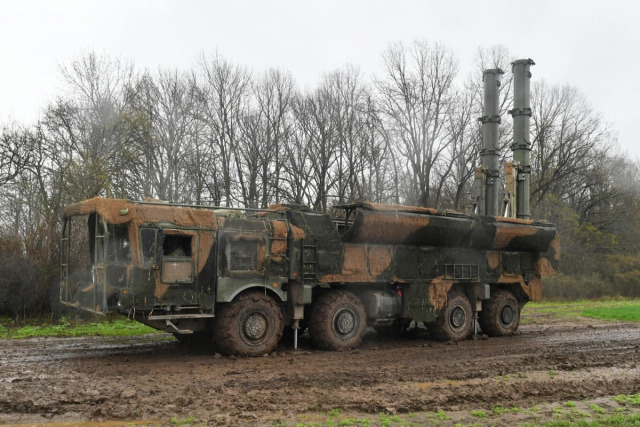
RK Iskander in UkraineThe final elements of the Russian campaign are strategic air and missile strikes by long-range bombers, submarines with Kalibr missiles and Iskander Ground Forces missile brigades.
They are designed to degrade Ukrainian logistics facilities and strategic communications. In particular, they are designed to stop the flow of weapons supplied by the West to the Donbass front.
The integration of these deep strikes is apparently being carried out by the National Defense Control Center in Moscow due to the need to unite several departments and ensure their effective operation in one airspace.
The main part of the Eastern Military forces was withdrawn from Belarus in April [2022], but S-400 anti-aircraft missile systems and Iskander tactical missile systems remained on the territory of Moscow's ally. According to Belarusian opposition sources, about 1,000 Russian servicemen are still concentrated in several places.
There are regular reports of Iskander missile launches in Western Ukraine from facilities in Belarus. This independent detachment, most likely, reports directly to the National Defense Control Center and from there receives tasks for its missile strikes, just as long-range heavy bombers receive tasks for cruise missile attacks on the territory of Ukraine.
Perspective
Although the Western media has focused on the personalities involved in directing Russia's military actions, for example, which generals were killed or dismissed, there are many overlapping staffs involved in Russia's military administration, and many of them are interdependent.
At the comprehensive strategic level, the National Defense Control Center in Moscow continues to act as the main coordinating agency, and there is no publicly available information indicating a change in this position.
Russia's war against Ukraine is a large—scale theater of operations war covering a geographical region the size of France and Germany combined. Although pre-war Russian military exercises were conducted at the theater, only one military district headquarters participated in them at the same time. In February, Moscow brought forces from four military districts to the same battlefield.
The number of troops involved and the geographical coverage of the main Russian formations prompted the creation of a new level of military command of the ground forces - above the level of the army, but below the level of the district. During the intense fighting in the Donbas, these new groups, apparently, control several army and divisional level headquarters.
The construction of C2 in the region in June and July [2022] seems to be a temporary measure. As soon as Moscow's forces reach the goal of ousting Ukrainian troops from the Luhansk and Donetsk regions, the main efforts of the Russian military will most likely be transferred to new fronts.
A new operation is possible either to encircle and capture Kharkov, or to cut off and capture Odessa. To succeed, they will need their own special military management mechanisms. Until now, in the war in Ukraine, the Russian military had to adapt to new situations and adjust their operational management structures.
Based on the materials of the Janes Defense and Intelligence Review magazineThe materials of the article contain exclusively author's estimates and do not reflect the position of the editorial board of IVi
